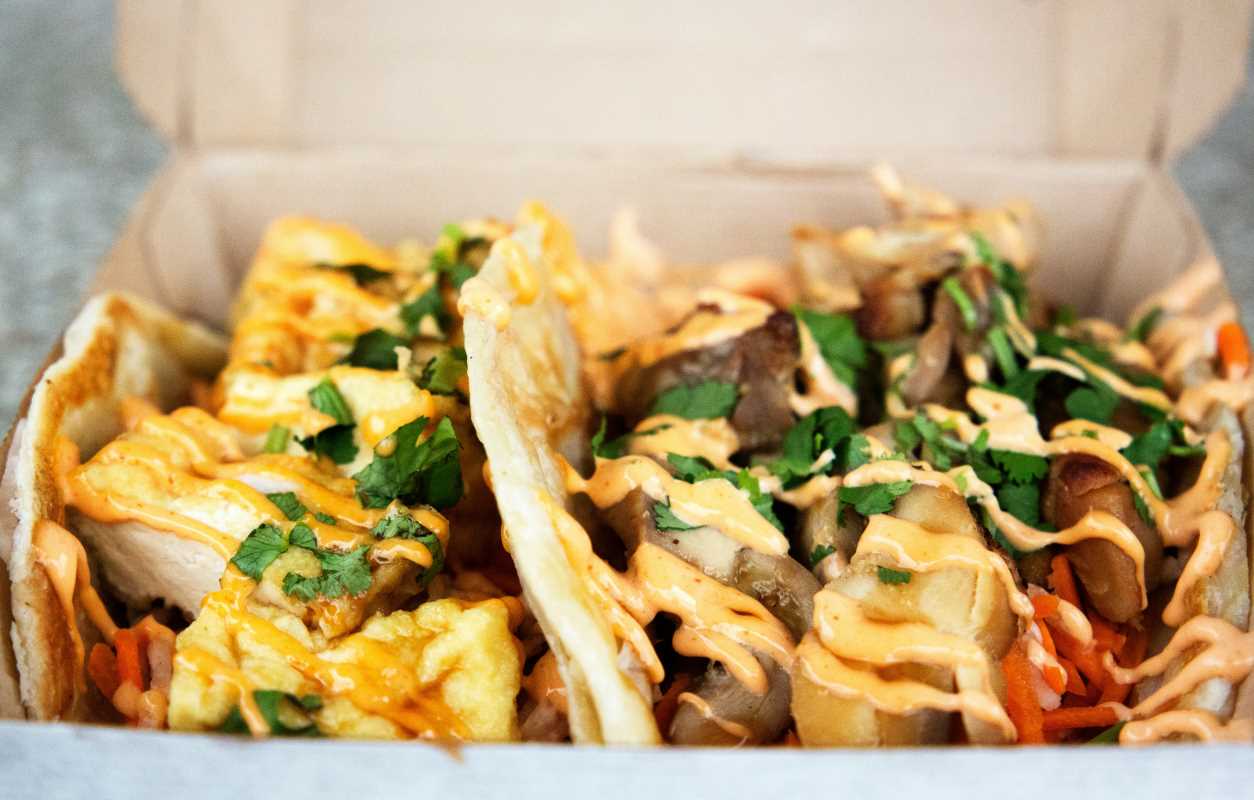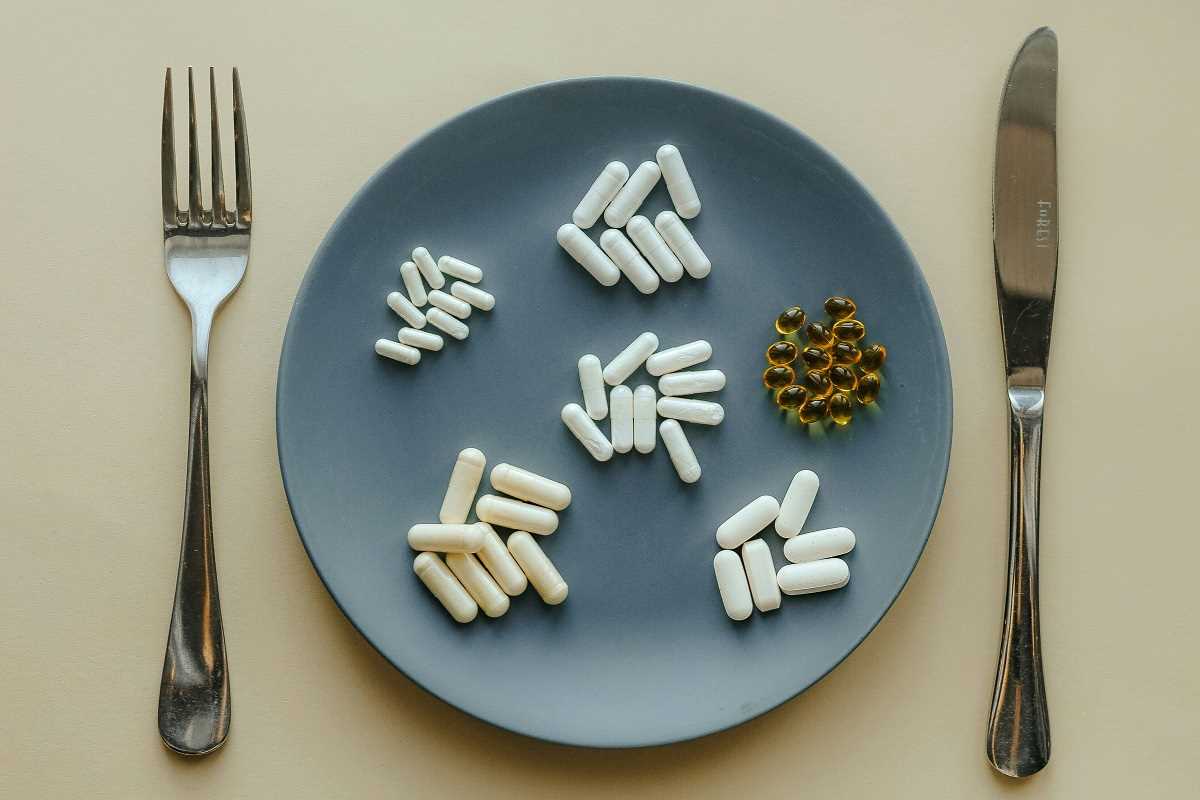When someone mentions a “high-protein diet,” the first thing that might come to mind is bodybuilders chugging protein shakes at the gym. But the truth is, protein isn’t just for athletes or fitness enthusiasts. It’s a vital nutrient that plays a significant role in supporting your strength, boosting metabolism, and aiding in weight management at any stage of life. For senior women, incorporating more protein into your meals can significantly contribute to feeling stronger, maintaining muscle, improving your energy levels, and promoting overall wellness.
If you’re curious about what protein can do for you and how it benefits your body, keep reading. We’ll break it all down in simple, relatable terms and give you some tips on enjoying a protein-rich diet that works for you.
Why Protein Matters for Senior Women
Think of protein as one of the body’s most essential building blocks. It’s like the sturdy framework of a house, supporting your bodily structure and keeping everything in place. Protein helps build muscles, repair damaged tissues, produce important enzymes, and even support your immune system.
However, as we age, our bodies become less efficient at processing protein. This means that even if you’re eating the same amount as you did in your younger years, you may still need slightly more protein to maintain the same benefits. Losing muscle and strength, also known as sarcopenia, is a natural part of aging. But by eating a high-protein diet, you can slow that process and support healthy muscle maintenance.
How Protein Supports Muscle Health
Muscles are more than just what keeps us moving; they’re critical for stability, balance, and preventing falls. Here’s where protein plays its starring role. When you eat foods rich in protein, your body breaks them down into smaller units called amino acids. These amino acids are like the building materials used to repair and build stronger muscles.
For senior women, maintaining muscle mass is especially important. Strong muscles make carrying groceries, climbing stairs, or playing with your grandchildren easier and more enjoyable. Plus, building lean muscle keeps your metabolism running more efficiently.
Even light resistance exercises, like using small weights or engaging in yoga, paired with a protein-rich diet, can provide huge benefits. For example, enjoying a breakfast with eggs or Greek yogurt after a morning walk can give your muscles exactly what they need to grow stronger.
Revving Up Your Metabolism with Protein
Your metabolism is what keeps your body humming along, converting the food you eat into energy. But did you know that protein has a special impact on how efficiently your metabolism works? Out of all the macronutrients (carbohydrates, fats, and protein), protein has the highest thermic effect of food (TEF).
What does that mean? Simply put, your body burns more calories digesting and processing protein than it does with carbs or fat. This effect gives your metabolism a little extra boost, helping to prevent unwanted weight gain while maintaining your energy levels.
For instance, if you add lean chicken, salmon, or legumes to your lunch or dinner, you’re giving your body a natural metabolic advantage. Combined with staying active and hydrated, this small change can make a big difference in maintaining a healthy weight.
Protein for Weight Loss and Feeling Full
If you’ve tried various diets in the past, you’ve likely encountered the challenge of feeling hungry or deprived. That’s where a high-protein diet truly shines. Protein helps you feel full and satisfied for longer periods, meaning you’re less likely to reach for snack foods or overeat.
This happens because protein impacts certain hunger-regulating hormones in your body. When you eat a meal rich in protein, it sends signals to your brain saying, “I’m satisfied,” keeping those pesky cravings at bay.
For example, consider swapping out sugary snacks like cookies or chips for a hard-boiled egg, a handful of almonds, or some cottage cheese with fruit. You’ll likely find that you stay fuller for longer, and you’ll snack less throughout the day.
Additionally, protein helps stabilize blood sugar levels. Unlike a carb-heavy meal that may cause a spike and crash in energy, protein-rich foods release energy more consistently. This steadiness can be especially helpful if you’re managing health concerns like diabetes or fluctuating blood sugar levels.
How Much Protein Do You Really Need?
It’s common to wonder, “Am I eating enough protein?” The recommended daily allowance (RDA) for protein is about 0.8 grams per kilogram of body weight. However, many experts suggest that older adults may benefit from eating slightly more to support muscle health and vitality. A good starting point is aiming for 1.2 to 2.0 grams of protein per kilogram of body weight daily.
For example, if you weigh 150 pounds (about 68 kilograms), this translates to needing roughly 81 to 136 grams of protein per day. Splitting this amount across three meals and a snack makes it more manageable.
Here’s how that might look:
- Breakfast: Greek yogurt with fresh berries and a sprinkle of nuts (15–20 grams of protein)
- Lunch: Grilled chicken salad with mixed greens, quinoa, and a light vinaigrette (25–30 grams of protein)
- Snack: A boiled egg and a handful of edamame (10–12 grams of protein)
- Dinner: Baked salmon with steamed broccoli and lentils (25–30 grams of protein)
Easy Sources of High-Protein Foods
Getting enough protein doesn’t have to mean complicated recipes or fancy ingredients. Here are some common, simple protein-packed foods you can easily include in your meals:
- Animal-Based ProteinsEggs
- Chicken breast
- Fish (e.g., salmon, tuna, cod)
- Low-fat dairy products (Greek yogurt, cottage cheese)
- Lean beef or pork
- Plant-Based ProteinsLentils and chickpeas
- Tofu or tempeh
- Quinoa
- Nuts and seeds (almonds, pumpkin seeds)
- Edamame
A mix of both animal and plant-based proteins is ideal, as each provides different benefits. For example, animal proteins contain all nine essential amino acids, while plant-based proteins often deliver additional fiber and minerals.
Simple Tips for Adding More Protein
If you’re not sure where to start, try these simple strategies to sneak more protein into your diet:
- Add eggs to your breakfast, whether scrambled, boiled, or folded into an omelette with veggies.
- Snack on nuts or seeds for a quick boost of healthy fats and protein.
- Top your salads with grilled chicken, chickpeas, or tofu instead of croutons.
- Blend a protein-packed smoothie using Greek yogurt, a banana, and a scoop of protein powder.
- Swap carb-heavy sides, like white rice or pasta, for quinoa, lentils, or black beans.
- Bake with mixed flours like almond or chickpea flour, which are naturally higher in protein.
These steps are easy to integrate into your everyday routine and can make a noticeable difference in how energized and full you feel.

.jpg)





